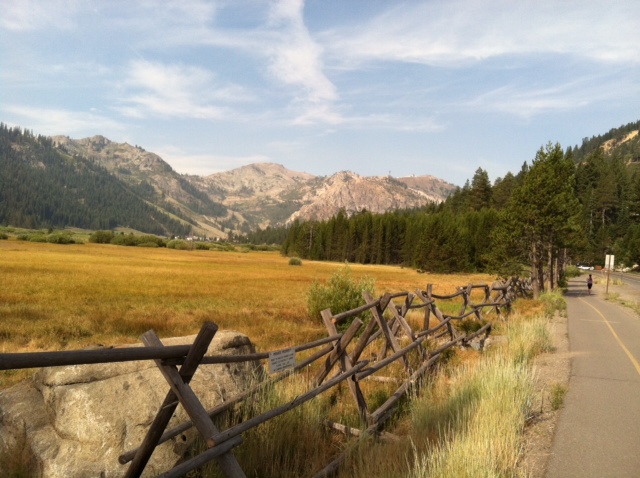Ever wonder what you're supposed to do before your half marathon or marathon race training plans actually start? The average runner is not constantly in race training (if you feel like you are, stop and talk to us about recovery!). This period in between recovery and race training is hard for a lot us who thrive off of structure and goals. For others coming back from an injury or time off from running, you might have the same question: How do you stay fresh and ready to dive into more technical demands of race training like intense hill and speed workouts and long runs? The answer? Do three simple things:
- ADD VARIETY TO 1 RUN PER WEEK
- BUILD UP TO 1, 90-MINUTE LONG RUN PER WEEK
- STRENGTH EXERCISES AT LEAST 2X PER WEEK
ADDING VARIETY:
What I mean here is vary your pace and vary your terrain at least once a week. You can be very structured about this or spontaneous depending on what works best for you and your lifestyle. Either way, start to incorporate faster intervals and hill work once a week. This can include progression runs where you get faster and faster each mile, short and long speed intervals (1 to 5 minutes), tempo runs, hill repeats or hill surges on a hilly run. For specific workout ideas, download our Base Training Plan.
THE LONG RUN:
In order to be race training ready, it's good to have the body accustomed to some longer distances so the long run isn't so taxing on the body. Accordingly, building up and maintaining the ability to run for 90 minutes is a good base line to settle in at during "spring training." Remember, as with any running routine, you want recovery weeks. So, every couple of weeks, drop your long run down to 60 or 70 minutes to give your body a break. Once you can do 90 minutes comfortably, start to challenge yourself on these runs either by harder terrain, faster paces in the middle or the end of the run.
TARGETED STRENGTH WORK
The majority of runners make just enough time in their day to get their run in. Maybe a few extra minutes for stretching . . . maybe. But, building a strong foundation during this phase is just as important as maintaining the frequency of your running. While training plans aren't taking over your life, this is a good time to really commit to strength work at least two times a week. Focus on a couple core exercises and a couple lower body exercises. Honestly, 30-minutes a week is a good start (2, 15-minute strength sessions). Do it. Check out our video library for exercise suggestions.
Would you like extra guidance on how these three principles play out in a base training training plan? Download our free Base Training Plan. Once you have a chance to review it, feel free to reach out to us with questions about how to make it your own. Base building is casual and carefree - this is not a time to stress about missed runs, but it is a time to start mixing things up!






